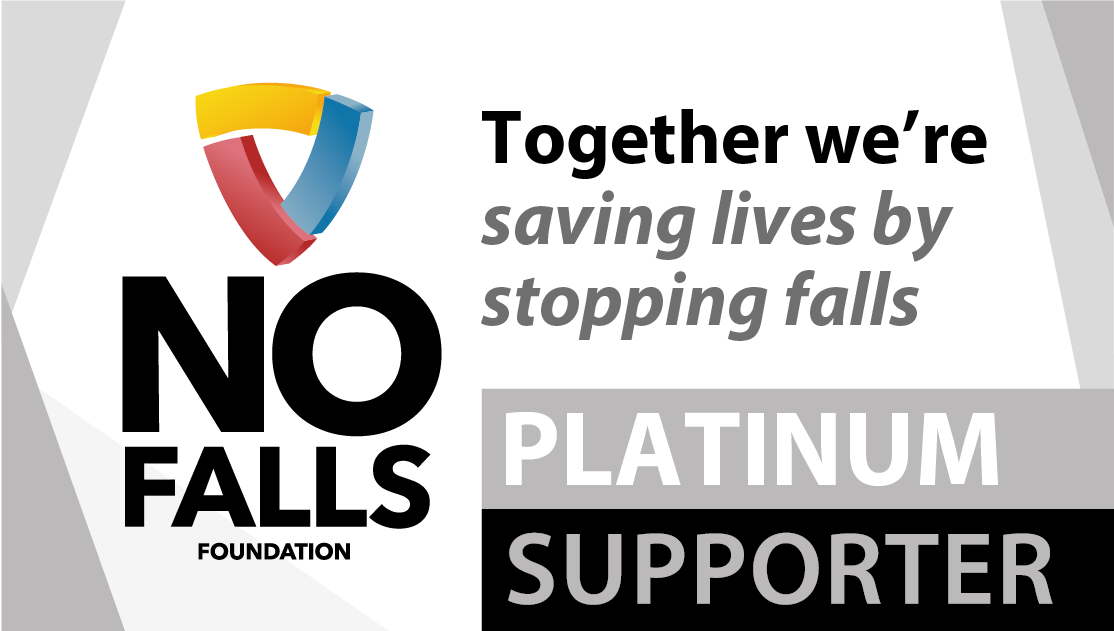Falls from height are still biggest workplace killer

2/7/20 - Falling from height remains the single biggest cause of fatal accidents in Great British workplaces, according to new figures released by the Health and Safety Executive (HSE) yesterday. In the 12 months to March 2020, 29 people died after a fall from height at work - down from 40 in 2018/19.
Behind the statistics
We have mixed feelings about these numbers. Fewer people died last year than the year before - this is good news. However, it's disappointing to see that falling from height is still the most common way to die at work, despite these accidents being preventable with proper training, sufficient planning, quality equipment and a strong safety culture.
Most importantly, we must never forget the human stories that lie behind the statistics. The stories of 29 people who went to work and never returned, of 29 families left devastated. The victims are mostly, if not all, men - someone's dad, husband, partner, grandfather, son, uncle or friend. The number has gone down, but it's still 29 too many.
We also note that the HSE has allowed for the 'distinct possibility that the number of deaths to workers was affected by the impact of COVID-19 on the economy'. In other words, there were potentially fewer falls in February and March (the end of the reporting period) than we would have seen had these been 'normal' times.
So, while we're cautiously optimistic at a lower-than-average year for fatal falls, what we really need to see now is a sustained reduction, year on year, through the pandemic and beyond. We want everyone who works at height to come back down safely. This ambition is what unites PASMA and its members.
How can we get there?
As the only organisation dedicated to advancing safety for scaffold tower users, we urge you to make sure your workers are PASMA trained and, crucially, that they hold the right qualification for the type of tower they're working with. Make sure they're using towers manufactured and supplied by PASMA members, certified to either EN 1004 (for mobile access towers), BS 1139-6 (for more complex towers, such as those with cantilevers) or international equivalents.
But let's speak about height safety more generally now. The latest statistics mean a person was killed by a fall every 13 days last year. This is a problem that we, and all the other organisations involved in campaigning for height safety, want to throw everything we have at solving. However, we still don't know anything about the circumstances of these falls, not even what access equipment was being used at the time. Was it a mobile access tower or a chair, for example? Without data on the root causes of falls, including non-fatal falls and near misses, it's impossible to direct our efforts and resources towards the areas where we're sure they'll have most effect.
Last year the All-Party Parliamentary Group (APPG) on Working at Height published six recommendations for how to prevent more fatalities and serious injuries, including two which, if implemented, would give us the data we're looking for. The first of these is enhanced RIDDOR reporting and the second is an independent body to record near misses and accidents that don't qualify for RIDDOR.
As falls from height top the leader board for another year, once again accounting for around a quarter of all worker deaths, it's further evidence for why the APPG's work is so important. In our view, it's essential that their recommendations become reality. For the sake of the millions who work at height every day, the sooner the better.
For more details on the HSE statistics for 2019/20, please read their report. The image above is taken from the report.
Please support the No Falls Foundation, the only charity dedicated to preventing falls from height and helping people affected by the consequences of a fall.



